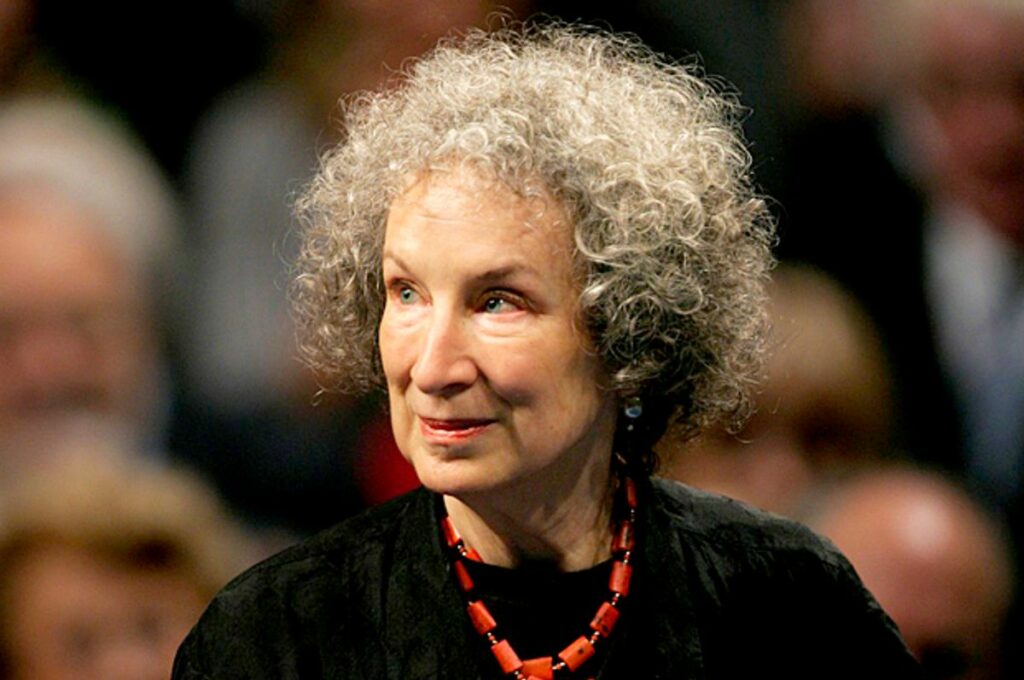The Testaments, Margaret Atwood, Canada, 2019
The sequel to The Handmaid’s Tale after a 35-year gap, The Testaments is both absorbing and well researched. I would imagine that it is possible to read The Testaments without having read The Handmaid’s Tale, but as The Handmaid’s Tale provides the essential background to the story it probably makes sense to read it first.

The Testaments continues the story of Gilead – a male-dominated society in the not-so-distant future where women are considered worthless beyond their ability to produce children. With climate change and global pollution having rendered many women infertile, a woman who is capable of giving birth to a living child (and not an “unbaby“) is placed on a pedestal. Given that this is a woman’s one and only reason for being on the planet her sparse education is centred on how to to care for a home and a husband; she is not taught how to read or write. The only women who learn to read and write are the Aunts. These are women who have a ‘calling’ to devote their lives to everyone in the society. They do not marry but devise many of the rules and regulations concerning women; their main task is to make sure that things run smoothly in accordance with what the male Commanders have decreed.

In this book, Atwood weaves together the stories of three women: Aunt Lydia, Agnes and Daisy. Aunt Lydia is one of the founders of Gilead and stands on almost equal terms with Commander Judd, who is a top-level commander. Agnes has grown up in Gilead, believing a woman called Tabitha to be her mother and Commander Kyle her father, but nothing could be further from the truth. Beyond Gilead, in Canada, Daisy lives with her parents, Neil and Melanie. The fates of all three women become intertwined as the story centres on the overthrow of Gilead.
The writing is intelligent and Atwood has obviously done a lot of research. Although The Testaments refers back to The Handmaid’s Tale and occasionally invites the reader to relive some of the atrocities described in the first book, this is a different book and the perspective is different. Thirty-five years have passed, and what was impossible then is now everyday: the trauma that is Gilead has become more focused and possibly more terrifying.
In many ways, Gilead is simply an image, if somewhat exaggerated, of where society has been (in different formats) and where we could once again be blindly heading. The pattern of life is definitely not a straight line, but nor is it a circle; in all probability it is a spiral. Things do not always appear to be the same, but on closer inspection they are. This is a book worth reading and then pondering.
